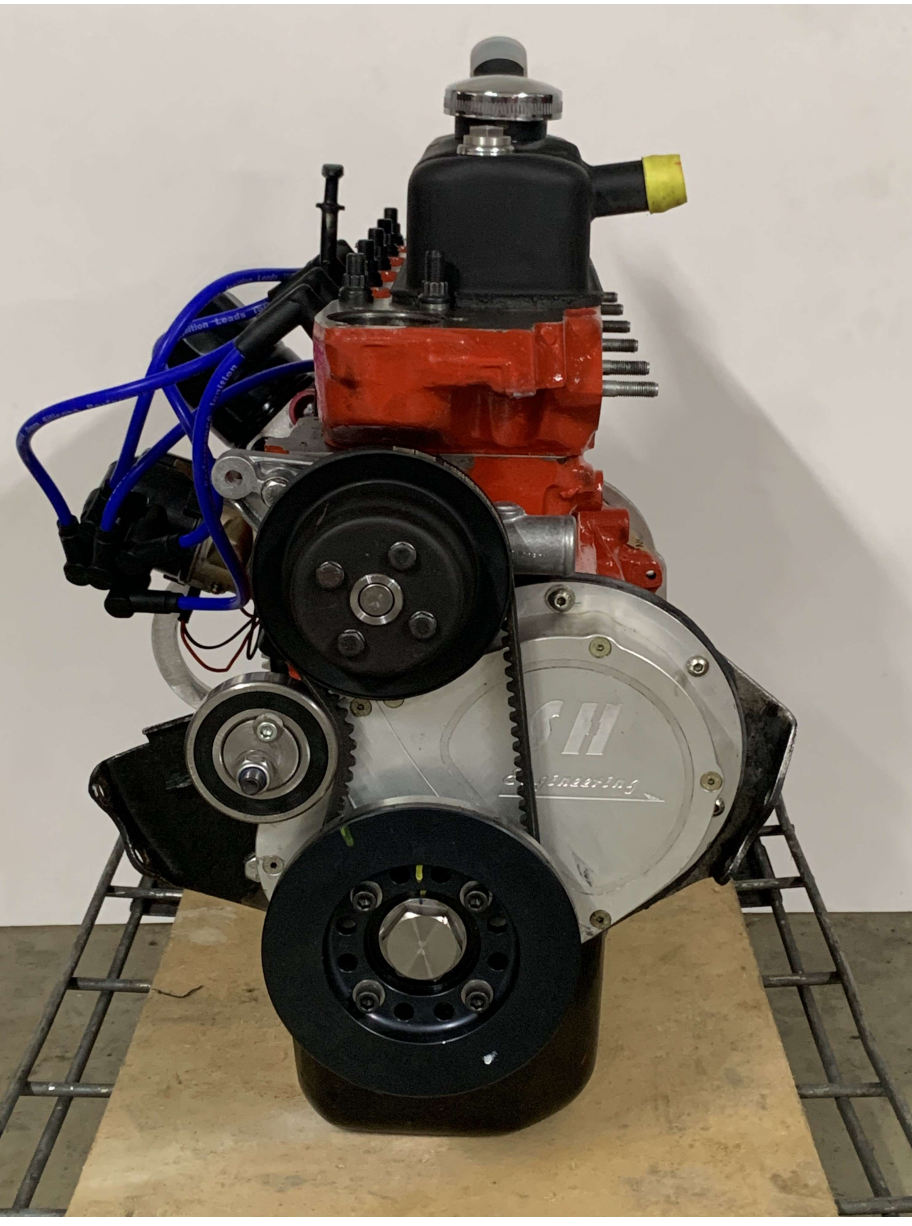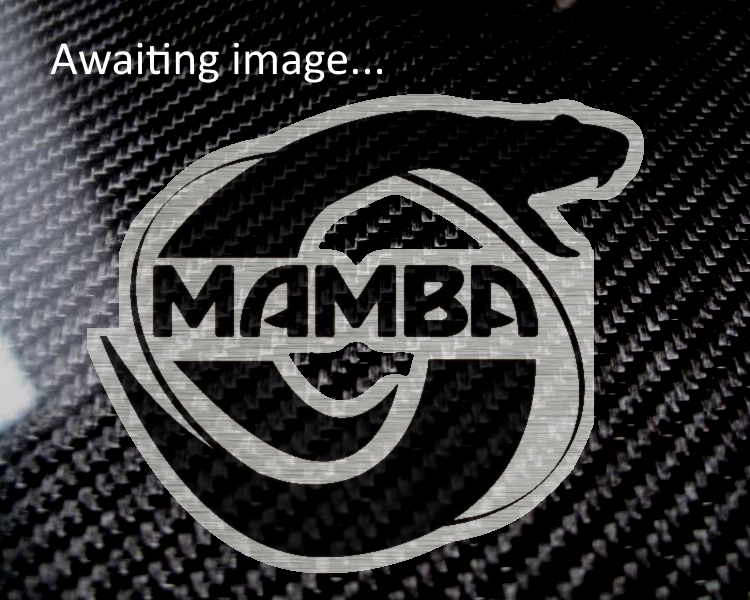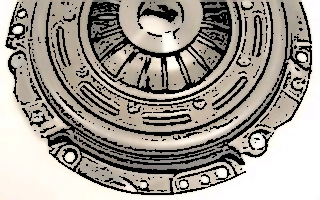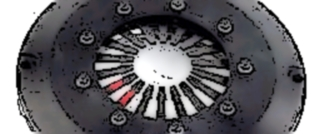June's article is a bit earlier than planned but as we are doing a batch of flywheels it seemed like a good time to talk about what makes a good clutch and flywheel combination for a track Spridget.
Clearly the original assembly rated for 75ftlb and 65bhp isn't really suitable so we'll probably be replacing the clutch and flywheel completely. But "Wait" you say, "can't I just lighten the existing flywheel and get an uprated clutch?". Not if you use more than 6500rpm or make more than 85ftlb... Read on to find out why.
There's a few things we thought about when we did our clutch and flywheel package.
- Torque rating - Clutches are rated for torque not bhp, with a max torque of <150lbft getting a clutch with sufficient performance for even the best tuned A series isn't so difficult.
- Weight - 2 things here really, total package weight (clutch and flywheel) and mass centralisation. There's no point having a lightweight flywheel when all the mass is at the outer edge.
- Transmission protection - the gearbox (and diff) (and halfshafts...) are weak links in a performance Spridget. Whilst SCCR boxes and uprated halfshafts increase reliability, they are still a high frequency failure point on many vehicles. There are 2 causes of stress on these components - periodic rotational acceleration and impulse loading.
Impulse loading is caused when the clutch is engaged or the car regains traction after wheelspin. There is a significant mismatch in speed between the input and output of the system and a single high load is applied.
In a theoretical unsprung system this is applied as an instantaneous load at a single point in time. In reality the force is always applied over a period of time, the longer the period is the lower the peak force is and the less chance there is of going over the failure point for the weakest component.
Periodic rotational acceleration is a force continually applied to all the transmission components. At a constant road speed, the car moves forward linearly, the wheels convert the linear motion to rotational with little or no acceleration as observed at the driveshaft. At the engine end however the action of a piston engine means that the force is applied periodically (ie when it goes 'bang') which tries to accelerate the crankshaft. Now while the average rotational speed is equal (unless the clutch were to slip) the force being applied across the transmission is changing at the same frequency as the engine is firing. - Clearance - When we started racing we bought an off the shelf race clutch and then spent 2 days taking the engine and gearbox in and out while we resolved all the clearance issues and ground sections from the bell housing and turned down bolt heads. Apparently this was Ok because it was a 'race' clutch(!)
- Safety - It may surprise you to hear that separate ring gears are not allowed in many forms of racing outside the UK due to their ability to 'float' and fail at high rpm. Also EN8 (which many of the available flywheels are made of) is not used in performance flywheels as it's not considered strong or hard enough compared to Chromoly steel like as AISI 4140.
Our 180mm clutch and flywheel package has been developed by us and is used by many UK racers with great results. The organic plate with sprung center has a softer take up to protect the gearbox. Because its only a 180mm plate, the flywheel can be made lighter and there is greater clearance to the bellhousing. Using Chromoly steel means the wearface of the flywheel is harder and doesn't 'pick up' when used aggressively. It also means the ring gear can be machined directly into the flywheel removing the risk of failure.
As always, if you are building or upgrading a Spridget for competition or fast road use and want help or advise, please do drop us an email or give us a call.
-Rich & John























